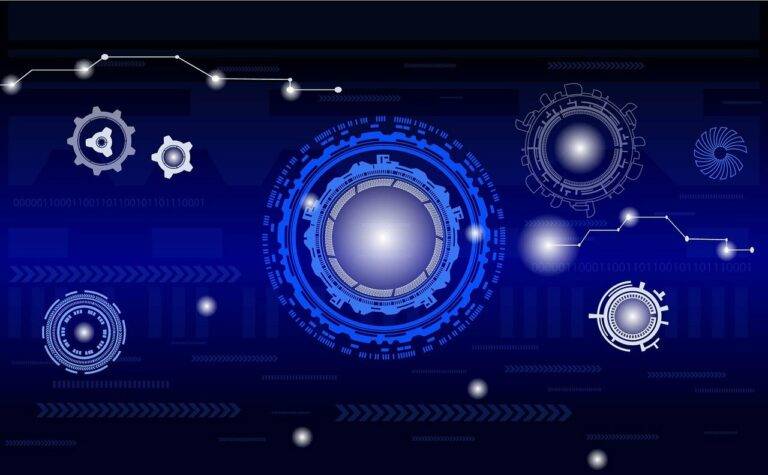Artificial Intelligence and Machine Learning
Artificial Intelligence (AI) and Machine Learning (ML) have their roots deeply embedded in the history of computer science and cognitive psychology. The concept of AI was first introduced in the 1950s when researchers aimed to develop machines that could simulate human intelligence. This era witnessed the birth of early AI programs like the General Problem Solver and the Logic Theorist, marking the initial steps towards the integration of human-like reasoning into machines.
Meanwhile, Machine Learning, a subset of AI, began to gain momentum in the 1980s with the advent of improved computational power and the availability of vast amounts of data. ML algorithms were devised to enable computers to learn from and make decisions based on patterns identified in data, without being explicitly programmed to do so. This shift towards self-learning systems laid the foundation for the development of various ML techniques like neural networks, deep learning, and reinforcement learning, which play a crucial role in the contemporary landscape of AI applications.
Key Differences between AI and ML
Artificial Intelligence (AI) and Machine Learning (ML) are often terms used interchangeably, but they have distinct differences. AI is a broader concept that aims to create machines capable of simulating human intelligence to solve complex problems. In contrast, ML is a subset of AI that focuses on developing algorithms that allow machines to learn from and make predictions or decisions based on data without being explicitly programmed.
One key difference between AI and ML is the level of human intervention required. While AI systems can operate autonomously, ML algorithms rely on continuous input and direction from human programmers to improve performance over time. Additionally, AI encompasses a wide range of techniques and approaches, including robotics, natural language processing, and computer vision, whereas ML is specifically concerned with the development of algorithms that can learn and improve from data.
Applications of AI and ML in Various Industries
In the healthcare industry, AI and ML have revolutionized patient care. These technologies are being used to analyze large volumes of medical data to identify patterns and make predictions about patient outcomes. From diagnosing diseases to personalized treatment plans, AI and ML are helping healthcare professionals provide more accurate and efficient care to patients.
In the financial sector, AI and ML are being used to detect fraud, manage risks, and automate trading. These technologies can analyze vast amounts of financial data in real-time to identify suspicious transactions and prevent fraudulent activities. Additionally, AI-powered chatbots are being used to improve customer service and provide personalized financial advice to clients.
What is the history of AI and ML?
The concept of artificial intelligence (AI) dates back to ancient times, but the modern field of AI was officially founded in the 1950s. Machine learning (ML) is a subset of AI and focuses on building algorithms that allow computers to learn from data.
What are the key differences between AI and ML?
AI is a broad field that encompasses the development of machines or systems that can perform tasks that typically require human intelligence, while ML is a specific approach within AI that focuses on building algorithms that can learn from and make predictions based on data.
How are AI and ML being used in various industries?
AI and ML are being used in a wide range of industries, including healthcare, finance, retail, and manufacturing. In healthcare, AI is being used for medical imaging analysis and personalized medicine. In finance, ML algorithms are used for fraud detection and algorithmic trading. In retail, AI is used for personalized recommendations and inventory management. In manufacturing, ML is used for predictive maintenance and quality control.





